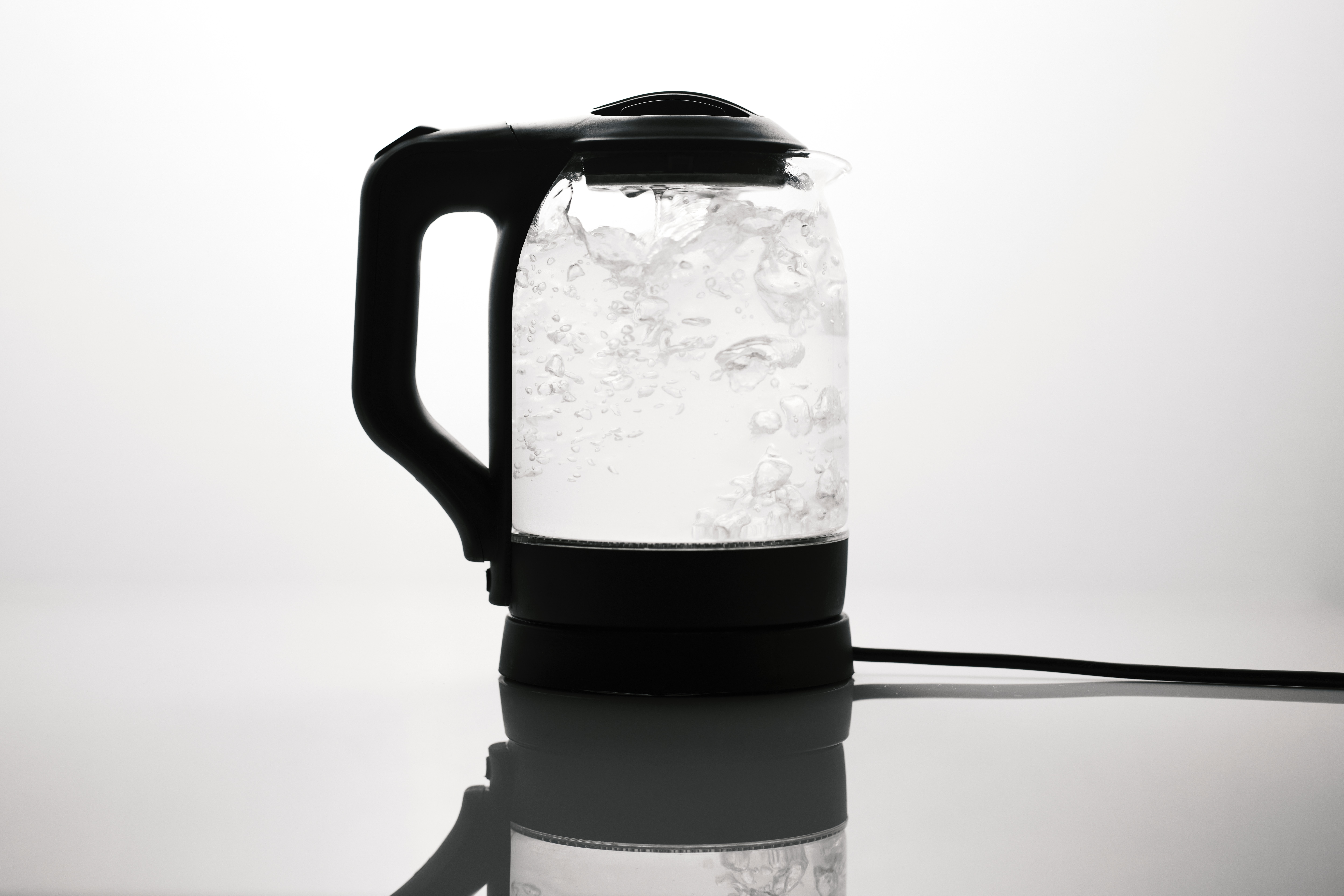 Media release from the 24th Congress of the Australian Institute of Physics in December 2022.
Media release from the 24th Congress of the Australian Institute of Physics in December 2022.
The US fusion news is amazing. But it’s a long way from endless clean power. The researchers probably generated enough excess energy to boil a kettle.
The US experimenters apparently have got out more energy than they put in in a fusion experiment, thus technically achieving ignition. This indeed is a breakthrough worthy of celebration.
However, there is a long way to go. From the nature of the facility where the experiment was performed, I’d say this energy came in a single pulse or “flash”. So, for a viable power source it would be necessary to have sustained repeated such pulses, and be able to collect the energy released efficiently. There’s still a long way to go. That said, achieving ignition is an essential milestone that apparently now has been reached. Practical fusion power is a step closer to reality.
A bit more technical detail. This is probably deuterium plus tritium fusion – the joining of the two heavy isotopes of hydrogen that is the favoured nuclear reaction to achieve fusion power. The two positively charged nuclei have to be pushed together against their electrical repulsion, which in this case is achieved by heating the isotopes in a plasma to temperatures where the nuclei are going so fast that they can overcome the repulsion and bang together.
Professor Andrew Stuchbery
Head, Department of Nuclear Physics and Accelerator Applications, ANU
Nuclear fusion – the energy that powers the sun – has been a holy grail of physics for decades
There are two main routes to nuclear fusion. The first is magnetic confinement fusion that contains extremely high temperature nuclei in a magnetic bottle. The second is inertial confinement fusion that uses high power lasers to blast together nuclei in a miniature hydrogen bomb, as pursued at the Lawrence Livermore Laboratory.
Both have come close to demonstrating energy breakeven, but now it appears that Livermore may achieved this for the first time – a truly ground-breaking achievement.
I’m at the national physics congress in Adelaide where the announcement has attracted lots of interest.
However, it’s unlikely that fusion power – which generates no greenhouse gases and minimal nuclear waste – will save us from climate change. The energy apparently released from the Livermore experiments is only enough to boil a kettle.
All the heavy lifting for the energy transition will be done by renewable energy and nuclear fission (existing nuclear power) – with nuclear fusion at commercial scale unlikely to be available until later this century, well after the 2050 deadline needed to keep global warming below two degrees. But beyond that fusion might provide limitless energy for centuries to come.
Professor Ken Baldwin, Research School of Physics, ANU
Note: these comments were made ahead of the US announcement and were distributed with the support of the Australian Science Media Centre, AusSMC.
Read more stories from the 2022 AIP Congress
